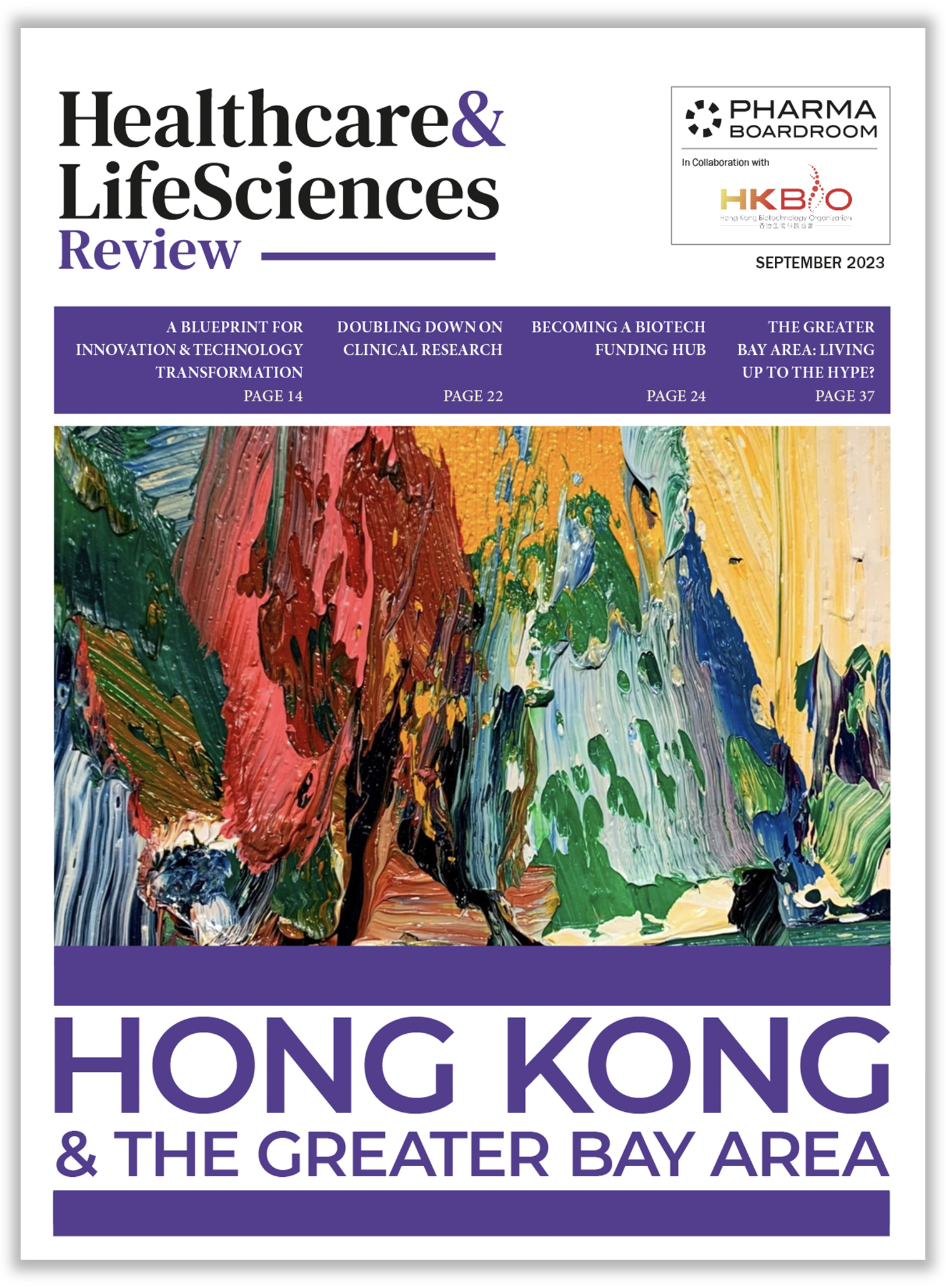Medicines for Africa’s Lenias Hwenda argues that the success of the much-talked-about African Medicines Agency hinges on a critical mass of African national regulators achieving WHO Level 3 maturity status. While acknowledging the importance of international actors in making this happen, Hwenda argues that – if the African Medicines Agency is to have the desired impact on the continent’s healthcare, security, well-being, and economic prosperity – the drive for change must come from within Africa itself.
“Without robust systems at country level, making the AMA work will be akin to constructing a highway to ensure the safety of travellers without ensuring that cars are roadworthy”
Africa’s pharmaceutical market is at a crossroads. It is characterised by rapid growth which is driving investors like the European Commission but also by significant challenges like the recent decision by Moderna to withdraw plans to manufacture vaccines in the Kenyan market. One of Africa’s biggest challenges is its heavy reliance on imports and an uneven playing field for local manufacturers. The establishment of the African Medicines Agency (AMA) marks a significant milestone in Africa’s journey toward self-sufficiency in ensuring security of access to medical products for Africans. As a beacon of hope for a continent burdened by a high burden of disease, estimated at 24 percent of the global total according to the World Health Organisation (WHO), the AMA’s success hinges critically on an aspect often overshadowed in broader discussions: the regulatory maturity of its member countries.
The greatest promise of the AMA is to harmonise regulatory requirements across the continent, reducing barriers to trade in pharmaceuticals, entry for quality medicines, timely availability of medicines and incentivising local production. However, this harmonisation can only be effective if national regulatory systems are robust enough to implement and enforce the required regulatory standards recommended by the AMA. Without robust systems at the country level, making the AMA work will be akin to constructing a highway to ensure the safety of travellers without ensuring that cars are roadworthy; the infrastructure alone cannot guarantee a safe journey without reliable vehicles.
Prioritising Regulatory Maturity to Drive Health and Economic Security
The argument for prioritising regulatory maturity is straightforward yet profound. The WHO global benchmark categorises the effectiveness of national medicines regulatory authorities based on their regulatory capacity into four levels, with Level 3 signifying “stable, well-functioning, and integrated regulatory systems.” A regulatory framework that meets Level 3 standards on the WHO global benchmark ensures that medicines, vaccines, and health technologies are effectively overseen, guaranteeing safety, efficacy, and quality. This is not a mere technicality but a foundation for protecting public health security and a vibrant pharmaceutical industry. Without it, efforts to improve access to quality-assured safe medicines and vaccines are built on sand, vulnerable to the tides of substandard counterfeit products and putting patient safety in jeopardy.
This tier is therefore more than a badge of honour. It is the minimum threshold at which African medicines agencies aspire to function to effectively control the quality and safety of medical products on the African market. It may not be realistic to expect every country to achieve Level 3 maturity and perhaps we should not expect that either. Nevertheless, a critical mass of African medicines regulators functioning at Level 3 maturity is a prerequisite for the AMA to truly transform the African pharmaceutical landscape in a meaningful way.
This critical mass of Level 3 regulatory maturity will be key to addressing the stark disparity in regulatory capacity across African countries. While several nations are already operating at level 3 maturity and some are advancing towards achieving it, others are lagging behind, creating a patchwork of regulatory environments. The central Africa region and francophone Africa is lacking any level 3 maturity agencies at all. This disparity not only complicates the continent-wide mandate of the AMA. It also poses risks to public health with grave consequences for patient safety. Medicines that are approved in one country might not meet the safety and quality standards of another. This complicates cross-border trade under the African Continental Free Trade Area, the development of the common African market for pharmaceuticals and the development of the domestic pharmaceutical manufacturing industry. Above all, it impedes the timely availability of treatment of assured quality and exacerbates the continent’s vulnerability to substandard counterfeited medical products.
Investing in regulatory systems to elevate more countries to Level 3 maturity is therefore not just a matter of policy improvement. It is a critical investment in Africa’s health security and economic development. It is the key to unlocking the full potential of the AMA, enabling the development of a unified market for pharmaceuticals that can attract investment, spur innovation, and most importantly, improve access to life-saving medicines of assured quality for all Africans.
The Most Practical Path Towards Continent-wide Regulatory Maturity
However, the pathway to regulatory maturity is not a given. It demands not only political commitment to regional collaboration but also deliberate and concerted efforts to attract investment, and development of the necessary technical expertise. Not every country will be able to achieve it in the immediate future. Achieving it for all of Africa’s nations will take time. Nevertheless, with the AMA in play, it may not be necessary for all agencies to function at maturity Level 3 with immediate effect. This is not to say that we must not aspire to all countries on the continent achieving higher maturity over time. It is merely a practical and realistic short to medium-term approach towards the ultimate goal of a regulatorily mature Africa.
This approach would ensure that a critical threshold of agencies functioning at level 3 maturity and are preferably geographically distributed within regional economic communities. Those high maturity agencies would then serve as anchors that can drive improvements of others over time allowing lower maturity countries to work their way up towards level 3 maturity or higher. Whilst international partners, including WHO and various philanthropic organisations, play a supportive role, the drive necessary for success must ultimately come from within the continent. African leaders must spearhead and prioritise investment in healthcare and medicines regulatory systems as a fundamental building block of their development agenda, recognising that a healthy population is the bedrock of economic prosperity and social stability.
Without a doubt, the success of the African Medicines Agency, in revolutionising healthcare across the continent by enabling timely access to treatment, reducing vulnerability to substandard counterfeited medical products and driving economic development is inextricably linked to the regulatory maturity of its member states. The great thing about it is that achieving Level 3 maturity across the continent is not an insurmountable goal. It is a necessary one but also achievable because of the outstanding groundwork that has already been done by Africa’s regulators. It is time for Africa to take control of its health destiny, and ensuring regulatory excellence is a critical first step on this journey. The future of African healthcare and the security and well-being of its people depends on it, and so does its economic prosperity.



